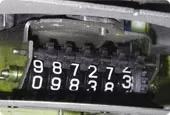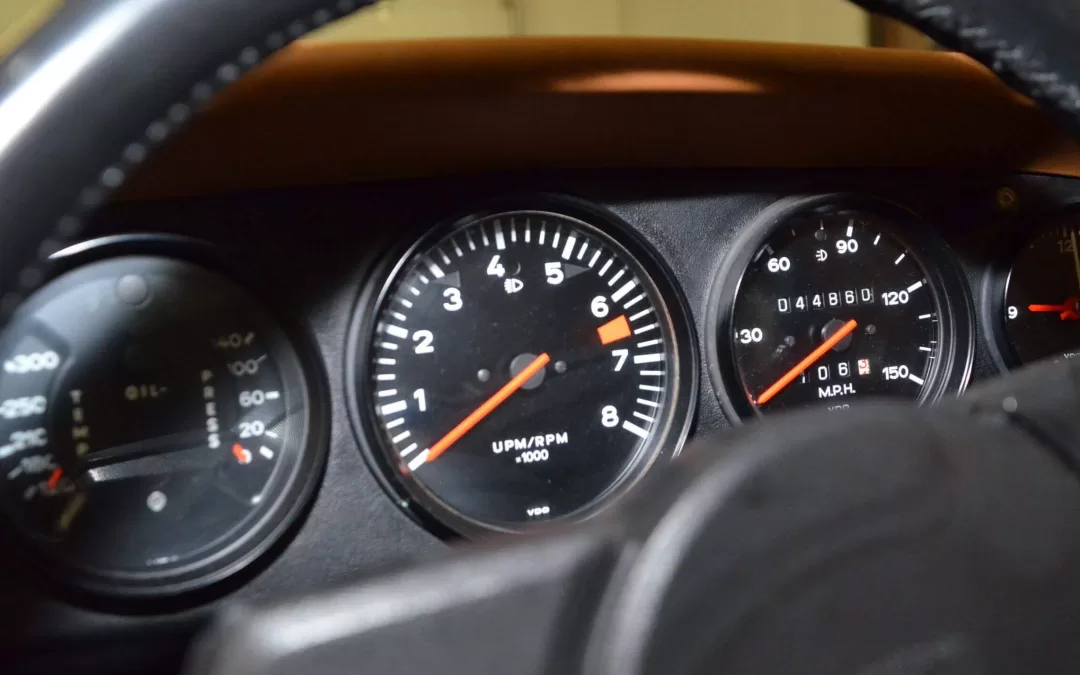An odometer check can tell you a lot about a used vehicle. The number of miles on the car odometer reveals the wear and tear on the vehicle and the potential for repairs sooner, rather than later. The mileage is also a factor in determining the value of a vehicle, which is why odometer rollback has become a popular pastime for some used car sellers.
To protect yourself from this common scam, you need to know how to detect a possible odometer discrepancy as you inspect a vehicle you are interested in purchasing. Fortunately, an odometer check is a pretty simple thing to conduct, with one key report that works in your favor.
A Car History Report Stops Odometer Fraud in its Tracks
Yes, you need to conduct an odometer check, by taking a close look at the gauge for signs of tampering. Check out the wear on the tires, the brake and gas pedals and even the floor mats, to see if they jive with the mileage reading. Definitely ask to see the original title to ensure the numbers on that piece of paper match up to the ones in the vehicle.
At some point during your odometer check, get a free VIN number search and pull a car history report as well. Vehicle history reports, which are available through a variety of sources today, contain plenty of important information about that car you are now longingly gazing upon. Look past the spiffy paint job and the hot hubcaps to see what you really need to know about the car you want to buy.
What Vehicle History Reports Tell You
When it comes to protecting yourself from odometer discrepancy, a car history report can tell you plenty. First, this report will probably include the last odometer reading from the Department of Motor Vehicle, which is required whenever the car title transfers hands.
Then there are all the red flags that could be revealed through the car history report, including flags that might point to odometer fraud. Some of these warning signs might include:
- The fact that the car was a leased vehicle, which could make it more vulnerable to odometer discrepancy. Leased cars often get the miles packed on in a few short years, so it can be tempting for either the person who rented the car or the dealer to turn back that dial a few thousand miles in order to get the car sold for a decent price.
- Maintenance records provide you with a rundown of all the work that has been done on the car. In addition, these work orders are required to record mileage at the time work was done. Mileage readings should increase sequentially with each work order logged. If they don’t? Consider yourself warned.
- Insurance loss, which means the car has been totaled and rebuilt. While this doesn’t necessarily indicate odometer fraud, the fact that the car has been completely worked over should be a serious red flag for any buyer.
When you are in the market for a used car, don’t fall prey to odometer fraud. As a part of your odometer check, make sure to pull a car history report that gives you even more valuable information about a car you are interested in. When you combine vehicle history reports with a physical inspection of the car, and a trip to your trusted mechanic, you can negotiate your next used car with confidence and peace of mind.


